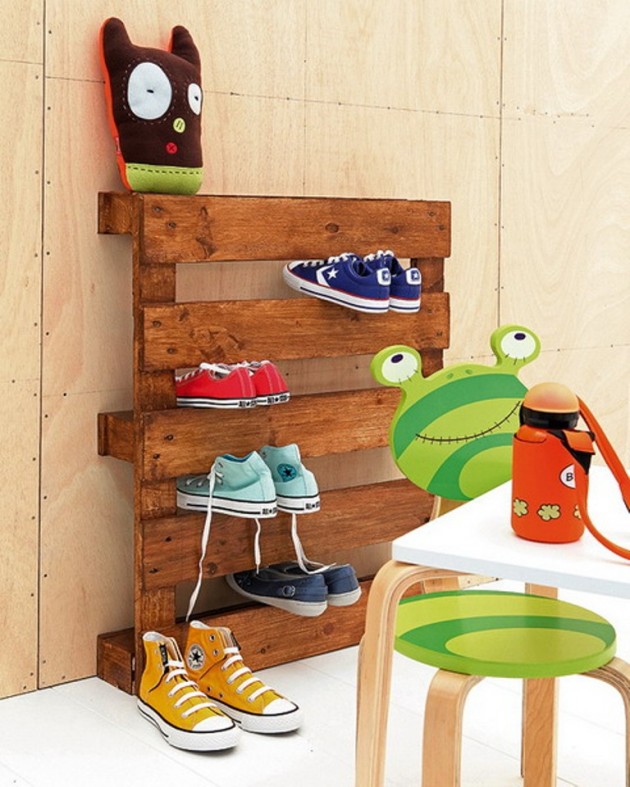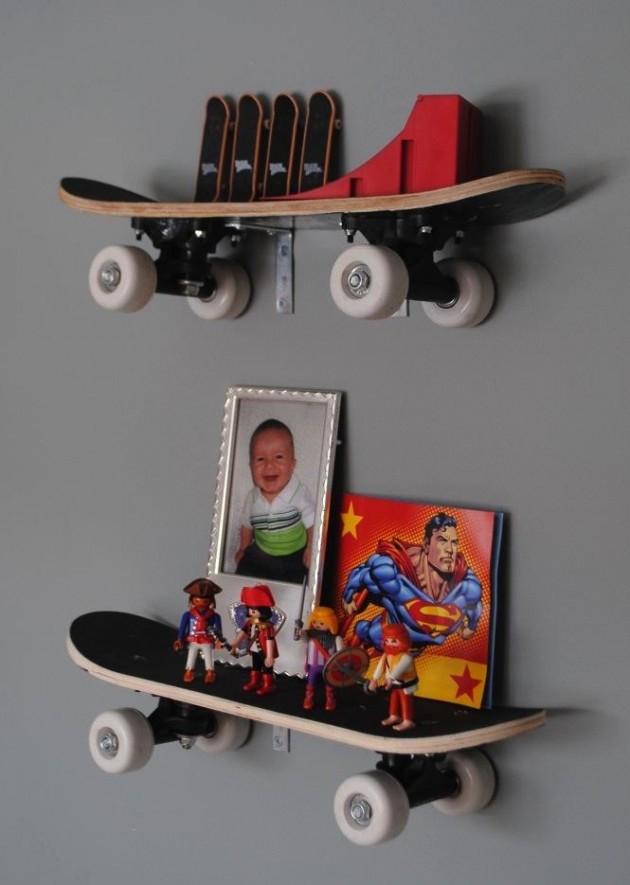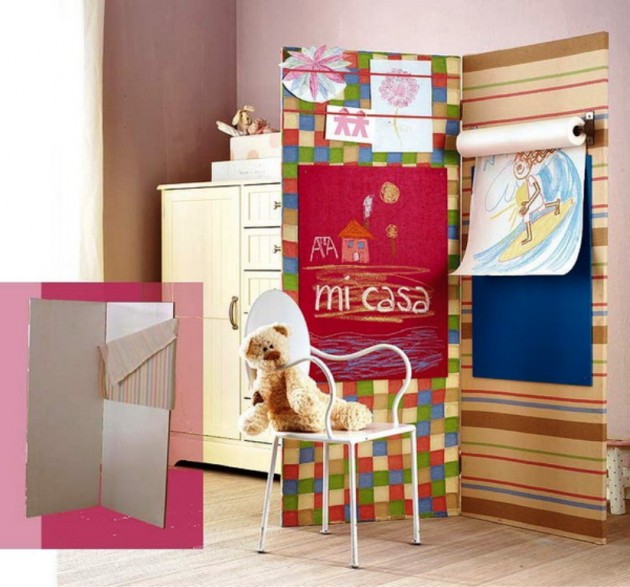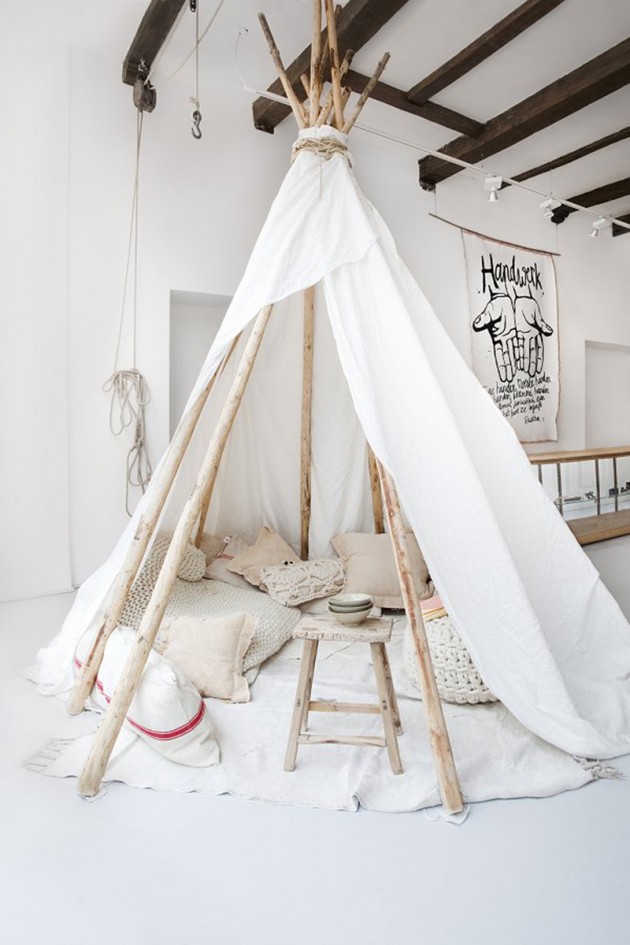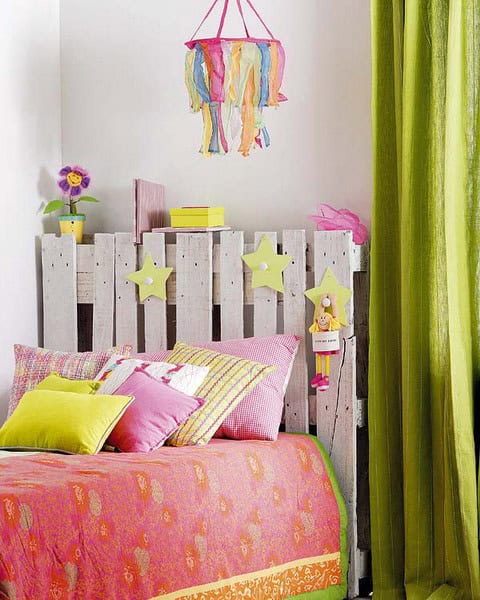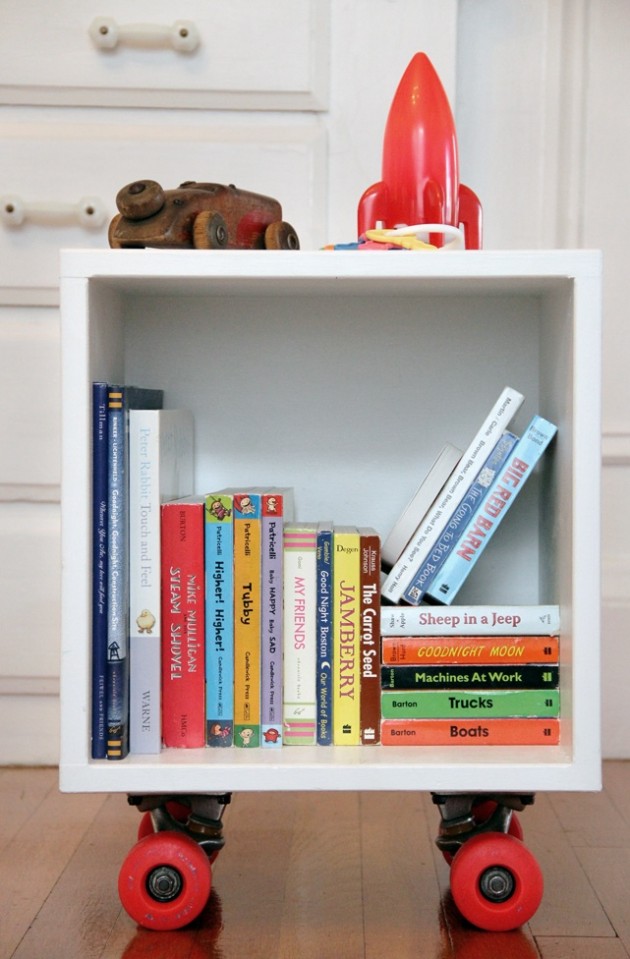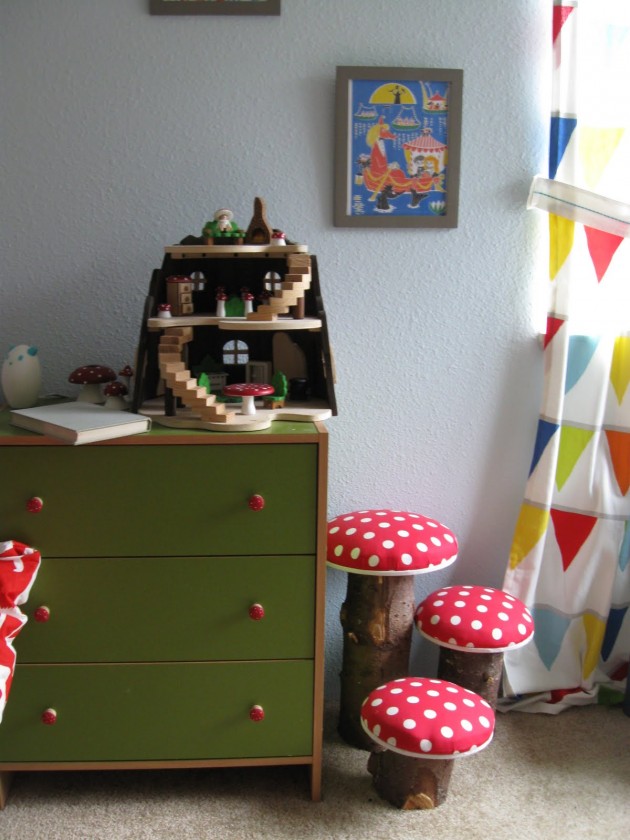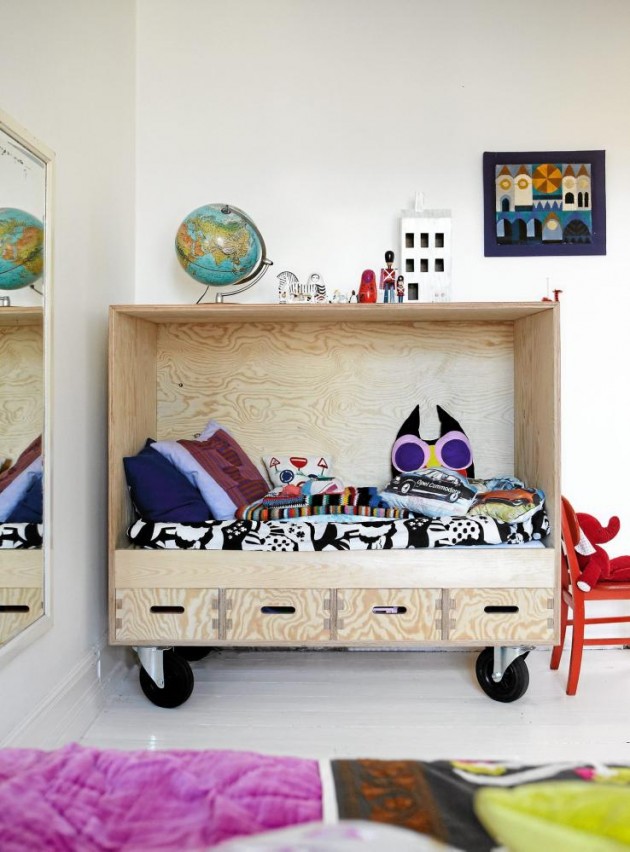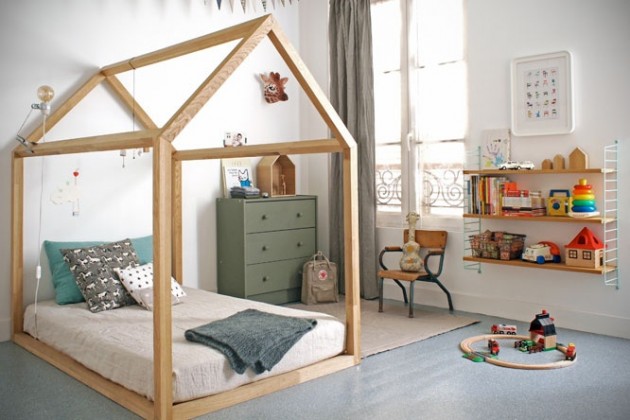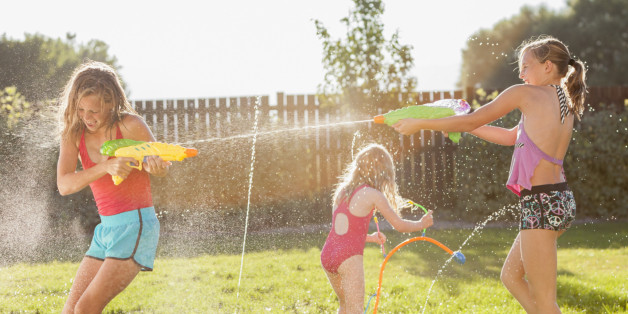
Introduction
Playgrounds are places where children’s play can take off and flourish. Good outdoor playgrounds are large enough and designed in such a way that children’s play can come to full expression, where children can make a mess, run, jump and hide, where they can shout, whistle and explore the natural world. A variety of factors determine the quality of a playground for young children from infants to eight-year-olds. These include design of the play area, safety issues, play equipment, accessibility, and adult supervision. Particular emphasis should be placed on how playgrounds must encourage all forms of play. There is a critical need to develop a disposition for outdoor physical activities in our young children. Outdoor play should not become too academic and too teacher controlled.
Purpose of Outdoor Play
There are two fundamental reasons why outdoor play is critical for young children in our early childhood programs and schools. First, many of the developmental tasks that children must achieve—exploring, risk-taking, fine and gross motor development and the absorption of vast amounts of basic knowledge—can be most effectively learned through outdoor play. Second, our culture is taking outdoor play away from young children through excessive TV and computer use, unsafe neighborhoods, busy and tired parents, educational accountability, elimination of school recess, and academic standards that push more and more developmentally inappropriate academics into our early childhood programs, thus taking time away from play. The following sections (based on Wardle, 1996-2003) describe the main reasons why outdoor play is critical for the healthy development of young children.
Physical Exercise
Children need to develop large motor and small motor skills and cardiovascular endurance. Gallahue (1993) provides a comprehensive discussion of the motor development and movement skill acquisition of young children, which must be encouraged in outdoor playgrounds. Extensive physical activity is also needed to address a growing problem of obesity in American children.
Enjoyment of the Outdoors
Outdoor play is one of the things that characterize childhood. And as Lord Nuffield once said, the best preparation for adulthood is to have a full and enjoyable childhood. Thus childhood must include outdoor play. Children need opportunities to explore, experiment, manipulate, reconfigure, expand, influence, change, marvel, discover, practice, dam up, push their limits, yell, sing, and create. Some of our favorite childhood memories are outdoor activities. This is no accident.
Learning about the World
Outdoor play enables young children to learn lots and lots and lots of things about the world. How does ice feel and sound? Can sticks stand up in sand? How do plants grow? How does mud feel? Why do we slide down instead of up? How do I make my tricycle go faster? How does the overhang of the building create cool shade from the sun? What does a tomato smell and taste like? What does a chrysalis change into? Do butterflies have to learn to fly? Much of what a child learns outside can be learned in a variety of other ways, but learning it outside is particularly effective—and certainly more fun! In the outside playground children can learn math, science, ecology, gardening, ornithology, construction, farming, vocabulary, the seasons, the various times of the day, and all about the local weather. Not only do children learn lots of basic and fundamental information about how the world works in a very effective manner, they are more likely to remember what they learned because it was concrete and personally meaningful (Ormrod, 1997).
Learning about Self and the Environment
To learn about their own physical and emotional capabilities, children must push their limits. How high can I swing? Do I dare go down the slide? How high can I climb? Can I go down the slide headfirst? To learn about the physical world, the child must experiment with the physical world. Can I slide on the sand? Can I roll on grass? What happens when I throw a piece of wood into the pond? Is cement hard or soft to fall on? An essential task of development is appreciating how we fit into the natural order of things—animals, plants, the weather, and so on. To what extent does nature care for us by providing water, shade, soft surfaces, and sweet-smelling flowers? And to what extent does it present problems, such as hard surfaces, the hot sun, and thorns on bushes? We can discover this relationship with the natural world only by experiencing it as we grow up, develop, and interact with the natural environment.
The Surplus-Energy Theory
The surplus-energy theory of play hypothesizes that play allows people to release pent-up energy that has collected over time. Many teachers and administrators believe that after intense (and often inactive) academic classroom pursuits, children need to “let off steam.” To some extent, educators also believe that outdoor play enables children to “recharge their batteries,” to reinvigorate themselves by engaging in a very different activity from their classroom experience. This recreation theory of play enables children to get ready to return to the important work of academic learning. These theories view outdoor play as an essential component to academic learning, not as an important activity in its own right.
Health
Everyone who works with young children in early childhood programs and schools knows how quickly bacteria and viruses spread in these environments. One way to reduce the spread of infection is through lots and lots of fresh air. Outdoor play enables the infectious agents to spread out and be dissipated; it also enables children to get fresh air and exercise and be less constrained than they are in the classroom (Aronson, 2002).
Outdoor play also enables children to enjoy the natural environment and learn to seek out exercise, fresh air, and activity. There is something fundamentally healthy about using the outdoors. Thus outdoor play develops disposition for the outdoors, for physical activity, and for care of the environment. Children who engage in lots of physical activities at school tend to engage in more energetic activities at home, while children who have childcare and school experiences that lack active physical activity, engage in more sedentary behaviors at home, such as watching TV and computer use (Dale, Corbin, & Dale, 2000). Children who learn to enjoy the outdoors have a much higher likelihood of becoming adults who enjoy hiking, gardening, jogging, bicycling, mountain climbing, or other outdoor endeavors. This is critical as obesity becomes an ever-greater national concern and as we must all learn to care for and protect the environment.
Allowing Children to Be Children
Using open space to fulfill basic childhood needs—jumping, running, climbing, swinging, racing, yelling, rolling, hiding, and making a big mess—is what childhood is all about! For a variety of obvious reasons many of these things cannot occur indoors. Yet children must have these important experiences. Today children’s lives are more and more contained and controlled by small apartments; high-stakes academic instruction; schedules; tense, tired, and overworked parents; and by fewer opportunities to be children. Outdoor environments fulfill children’s basic needs for freedom, adventure, experimentation, risk-taking, and just being children (Greenman, 1993).
Children need the opportunity to explore the unknown, the unpredictable, and the adventurous. They also need to be able to wonder at nature, from the worm gliding through the newly turned dirt in the garden to the monarch butterfly emerging out of the chrysalis and gracefully fluttering away in the summer breeze.
Encouraging Different Kinds of Play Physical Play
In general, physical play should be encouraged by climbing equipment and swings (also in the toddler area), tricycle paths, and large areas of grass and hills on which preschoolers can run and crawl and infants and toddlers can lie, crawl, and roll. Tricycle paths are used for Big Toys, tricycles, scooters, balls, jogging, and wagons. Climbing equipment for infants and toddlers should be very basic, including a crawling tunnel, small steps, and a slide. Because toddlers are very insecure on their feet, special attention should be paid to barriers—the railings and sides of raised equipment. A variety of sloped areas help children learn to adjust their balance on differing surfaces. Although it is important to encourage specific motor skills such as fine and gross motor development, it is more important to support the development of the brain and nerve functions and growth. Thus rolling, crawling, running and climbing, and swinging on swings are all absolutely critical activities for young children.
Constructive Play.
Research continually shows that constructive play is the preschoolers’ favorite kind of play, probably because they can and do control it (Ihn, 1998). Constructive play is encouraged by using sand and water play, providing a place for art, woodwork and blocks, wheeled toys, and lots of loose objects throughout the playground. Constructive play occurs in sandboxes, in sand and water areas, on flat surfaces, even on grass (Wardle, 1994).
Social Play.
Children need lots of opportunities outside to develop basic social skills and social competencies: pushing each other on the swing, pulling a wagon carrying another child, playing together in the sand, and so on. Clearly, physical play, constructive play, and sociodramatic play also involve social play, especially if the equipment encourages the engagement of more than one child. Projects such as gardening, observing the weather in a separate science area, and having a picnic can be—and should be—social activities.
Sociodramatic Play.
A good playground must have playhouses, forts, and other structures that children can change, adapt, reconfigure, impose their own meaning on, and use to expand their imagination. These structures encourage rich sociodramatic play; further, they are an ideal place for the playground to reflect the cultures of the children who use it.
Dramatic play requires children to impose details, information, and meaning into their play. It is richer and more beneficial because they do so and dramatic play structures should be very simple and basic in design and construction. A basic structure of four walls, a roof, and a window can be the children’s home, a classroom, a doctor’s office, or a castle. On the other hand, a realistic replica of a 7-11 convenience store can only be a 7-11, and a rocket can only be a rocket (Wardle, 2003a).
Games with Rules.
The well-known games of Drop the Hanky, Red Light—Green Light, Simon Says, and Follow the Leader, are all simple games with rules, the highest level of cognitive play (Piaget, 1962). Children need places outside to play these games, and to “all fall down” is much more pleasant on grass than on concrete.
Outdoor Play Advocacy
According to Sutterby and Frost (2002FD), too many educators, politicians, and parents believe outdoor play takes time away from academic activities. As a result recess and physical education in many schools is limited or totally eliminated. Further, programs that do advocate outdoor play often focus on learning cognitive and academic skills, rather than encouraging needed physical pursuits and social interactions. Major reasons for this problem is the adoption of academic standards by many state departments of education, the move to accountability, and the Bush administration’s No Child Left Behind initiative.
However, there is a growing number of people and organizations that are attempting to reverse this trend. They include IPA and IPA USA, People C.A.R.E., and countless individual teachers, professors, writers, and ordinary parents.
Summary
Providing for the outdoor play needs of young children is a complex and challenging task. A variety of factors must be considered, including the various play needs of young children, supervision, safety, and ADA access. However, because our children experience fewer and fewer opportunities to explore nature, run, roll, climb, and swing and because outdoor play is part of being a child, we must find a variety of ways to provide quality outdoor play experiences for children, infants through age eight years. This task is made even more important as our early childhood programs focus more and more on teaching basic skills and early academics.
